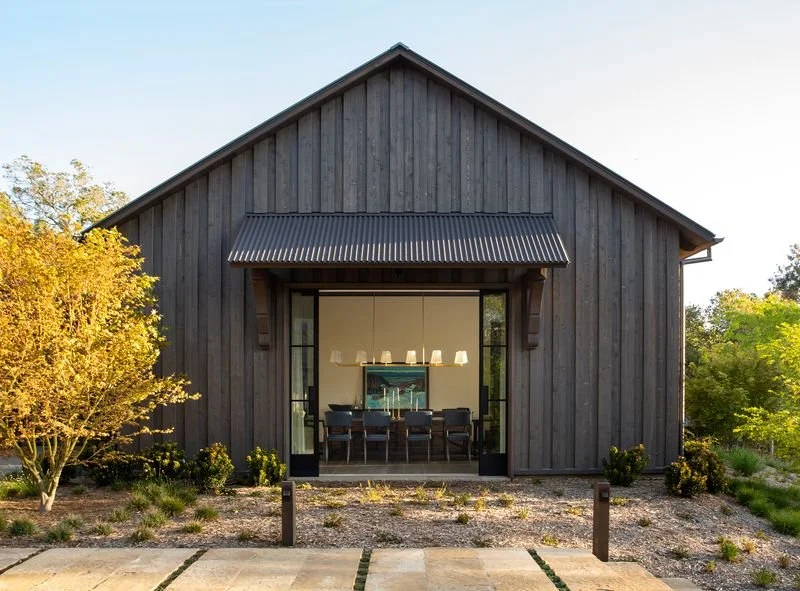Grateful for Our Clients, Our Community, and This Unexpectedly Beautiful Fall
At Bend Fence & Deck, we believe the best projects start with trust. Every fence we build and every deck we craft is more than just lumber and fasteners — it’s part of someone’s home, their weekends, their gatherings, and their everyday life. That’s something we never take for granted.
Transforming Outdoor Spaces in Central Oregon: A Recent Trex Deck Rebuild
At Bend Fence & Deck, we’re committed to building outdoor spaces that combine durability, beauty, and everyday usability. Recently, our team had the opportunity to replace an aging wood deck with a brand-new Trex deck featuring a modern cable railing system — and the results were outstanding.
Transform Your Home With Quality Siding Installation in Bend, Oregon
Siding plays a major role in how your home looks and how well it’s protected. When siding starts to fade, warp, or buckle, it can make your home appear older and less cared for—especially in a climate as dynamic as Central Oregon’s. At Bend Fence and Deck, we specialize in helping homeowners refresh and protect their investment with high-quality siding services.



